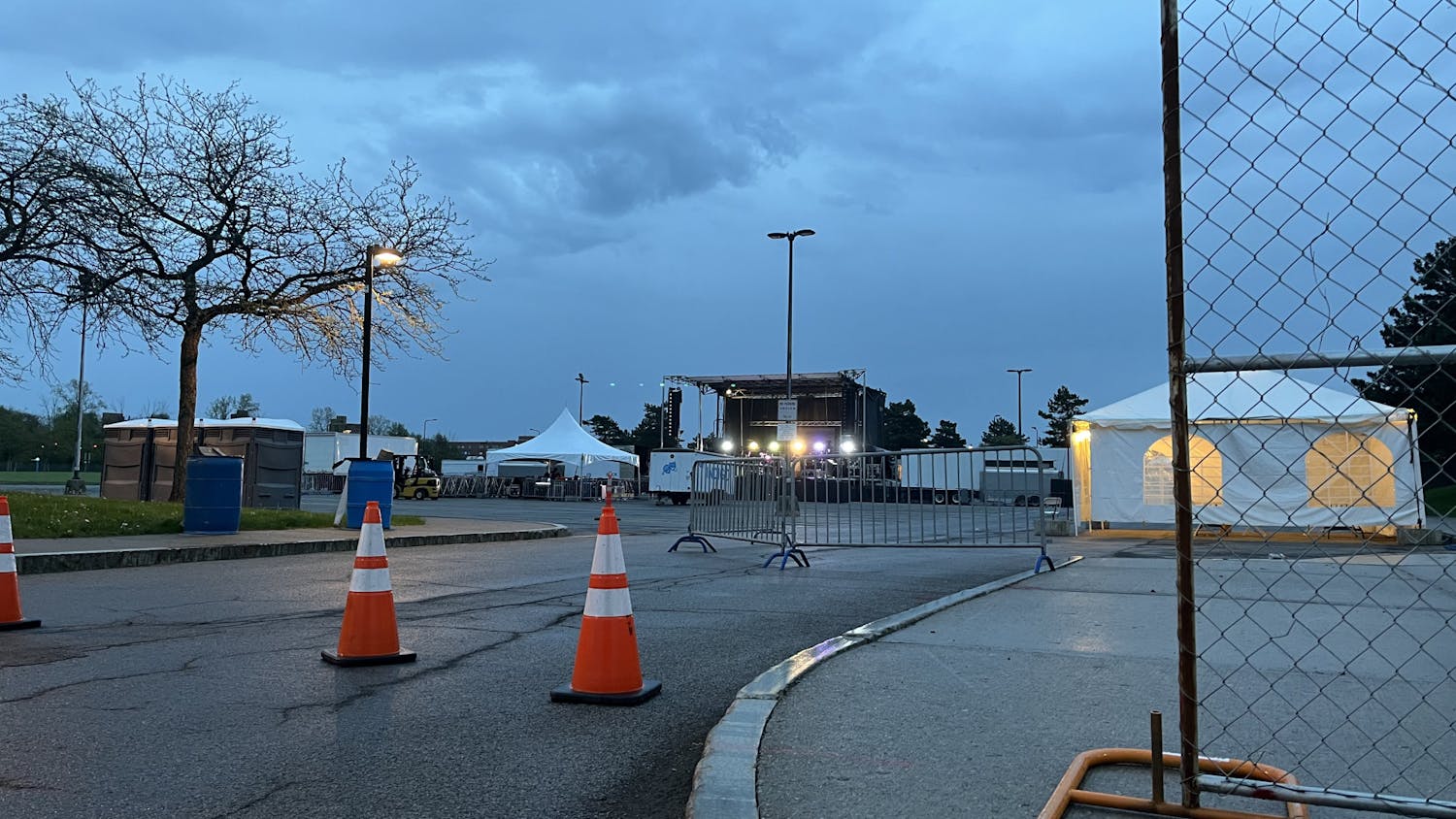President Bush's Wednesday speech pertaining to U.S. war efforts in Iraq was notable for his acknowledgment of what's been obvious for a long time: the war isn't going as advertised. The administration, publicly, admitted for the first time that mistakes have been made since the invasion of Iraq in 2003.
It's encouraging to see Bush taking a turn, albeit a painstakingly slow one, to reality. The White House appears to be entering a new phase in its public handling of the war, and the administration is adapting plans outlined by U.S. generals after the siege debacle of Falluja. After the failure became apparent - scores of civilians were killed in heavy fighting - American military commanders ordered a complete review of the way U.S. forces were conducting the war. This was in response to what one senior commander termed "illusionist" descriptions the administration was putting forth.
Bush's speech outlined goals in redefining what constitutes victory. In particular, creating conditions that would allow U.S. forces to leave a stable, secure, democratic Iraq policed by its own security forces. Then, and only then, would the U.S. military begin a full-scale withdrawal of troops.
Though Bush's newfound candor is refreshing, it should be viewed with caution. His speech was timed for obvious political reasons; his party is tanking in every poll, and Republican strategists are terrified they will lose the Senate, and maybe the House, come November 2006. They can't control the scandals embroiling the party but can influence public relations on the war front.
The most important thing to keep in mind is that Bush still hasn't presented a plan on how to reach his newly defined goals. The 35-page National Strategy for Victory in Iraq paper, released to coincide with his talking points, gave no indication of what's needed to get there. Maybe the administration is saving that for its next sales pitch.
UB's appeal to Buffalo
Plan to reach out to the community should go beyond research dollars
UB's office of External Affairs is embarking on a new strategy to promote community engagement between the university and Buffalo. The idea is that when UB does well, so does the city of Buffalo, and plans are underway to draw attention to this dynamic in order to bring about more support and financial stability to the university.
We applaud UB's efforts but are concerned the focus seems to be on UB getting more money out of the community, not helping it. If UB wants to help restore Buffalo to being a dynamic, vibrant community once again, it needs to spearhead the process. Buffalo's political leadership sure won't - none of the front-runners in the last mayoral election even mentioned the role of colleges and universities in Buffalo's future. Taking the lead in role in putting together an academic consortium to promote Buffalo's abundance of colleges would go along way to creating better awareness of the university's role in both the community and Western New York.
UB needs to engage the community in more than showing off its research programs. Promoting Buffalo's burgeoning art scene would go a long way towards engaging a community in need of a cultural renaissance. A small step could be putting up a sign that can actually be seen for its own Anderson Art Gallery near South Campus. It would also go a long way if UB led a college movement here to get more involved in Buffalo's K-12 public schools.
There is no doubt that President Simpson's plan for growing the university into a world class research community will be beneficial to Western New York. But relying on public relations to spread the word isn't the best, or most efficient, manner in making it known. Actions speak louder than words.




